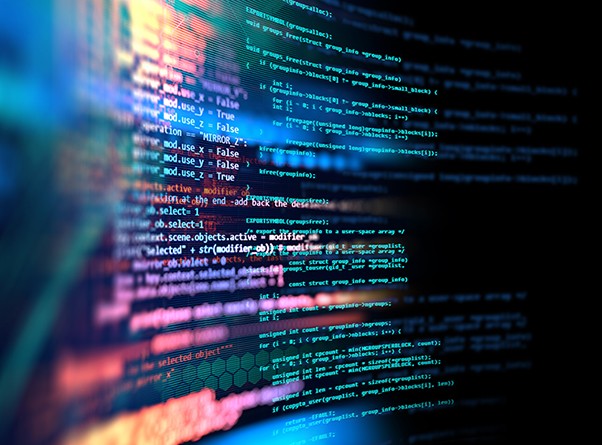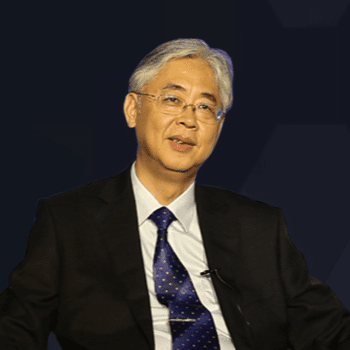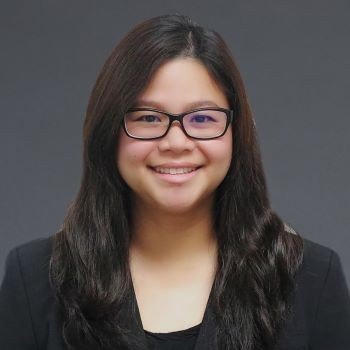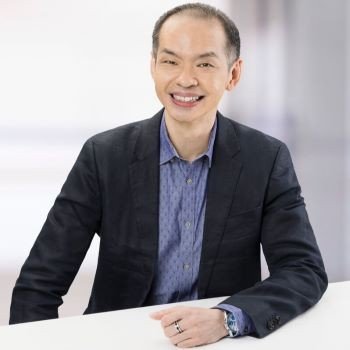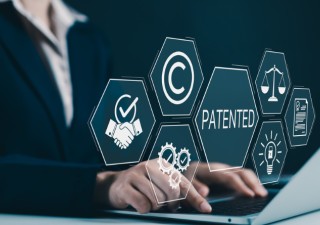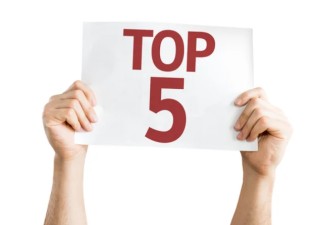“We can find that most industries today must rely on software technology, which can be said to be ubiquitous – Industry 4.0, internet of things (IoT), AI and deep learning, big data, Fintech, blockchain, 3D printing,” said Chien-Chung Yuan, vice CEO of Taiwan Rich IP & Co. in Taipei. “While some research reveals that many start-up companies, especially the so-called unicorns, do not pay much attention to patent protection in the early stages of the establishment because of the use of funds or strategic priorities. Most of them survive a few years later are those companies that have sought patent protections for their innovations at the beginning, and most of the patents cover and claim software technology. For example, Uber, Snap, Amazon, Facebook and so on.”
He added: “In addition, most of the patents owned or used by the non-practicing entities (NPE) known to us for filing lawsuits are software patents. Obviously, software patents will become more and more important to enterprises, and even an important tool for enterprises to maintain their advantages in market competition.”
Protecting software and making adjustments
Taiwan has announced specific Patent Examination Guidelines for Computer Software-related Inventions since 1998 – with several revisions in 2008, 2014 and 2021. With the Taiwan Intellectual Property Office (TIPO) having good specifications and criteria for various patent requirements, TIPO has successively proposed case compilation or drafting guidelines for patent applications, claiming emerging information technologies so that inventors may have useful tools to protect their creations.
For patent litigation, Taiwan established an intellectual property court in 2008, reorganized in 2021, and exclusively hears cases related to intellectual property rights, including administrative, civil and criminal proceedings. In addition, due to the inclusion of administrative and civil lawsuits, ordinary courts often suspend litigation and wait for a decision on the validity of patents in the past, thus delaying the trial schedule.
However, in the Patent Examination Guidelines for Computer Software-related Inventions announced in 2014, some references were made to the USPTO’s standards for the subject matter’s eligibility and EPO’s examination standards for inventive steps.
“These guidelines resulted in a significant increase in the threshold and made it difficult for ecommerce related inventions to be patentable or granted,” said Yuan. “TIPO, however, adjusted its criteria to comply more with technological developments and world trends by referring to Japan Patent Office guidelines, so software or computer-based inventions will not be barred at the beginning. Accordingly, the patent examination guidelines for computer software-related inventions are more like the criteria for those inventions in other technical fields. At the same time, TIPO maintains good communication with the industry and constantly proposes new measures or revisions to assist inventors in protecting their creations. Therefore, if inventors and applicants have any questions, they are encouraged to contact TIPO directly, and TIPO is willing to work with the public to find better solutions.”
Unlike the USPTO, which follows U.S. Court of Appeals judgments to adjust the examination guidelines (MPEP), or China’s IP court, which makes judgments completely following the examination guidelines announced by the National Intellectual Property Administration of China (CNIPA), Taiwan’s TIPO and IP court have independent criteria for judging the validity of patents.
“Accordingly, there will inevitably be inconsistencies,” said Yuan. “This also leads to the fact that software patents may have a quite high approval rate in the application stage – just like Japan. The JPO is called ‘the paradise of software patents.’ But in the litigation stage, the winning rate for the patentee is relatively low.”
He added: “Taiwan revised and announced the Intellectual Property Cases Trial Law on February 15, 2023, expected to be implemented on August 30, 2023, which will establish a judicial and administrative information exchange system to aim an objective to avoid divergent judgments and settle disputes at the one-time. Of course, to avoid this situation, patent applicants should still pay attention to the quality of patent drafting.”



